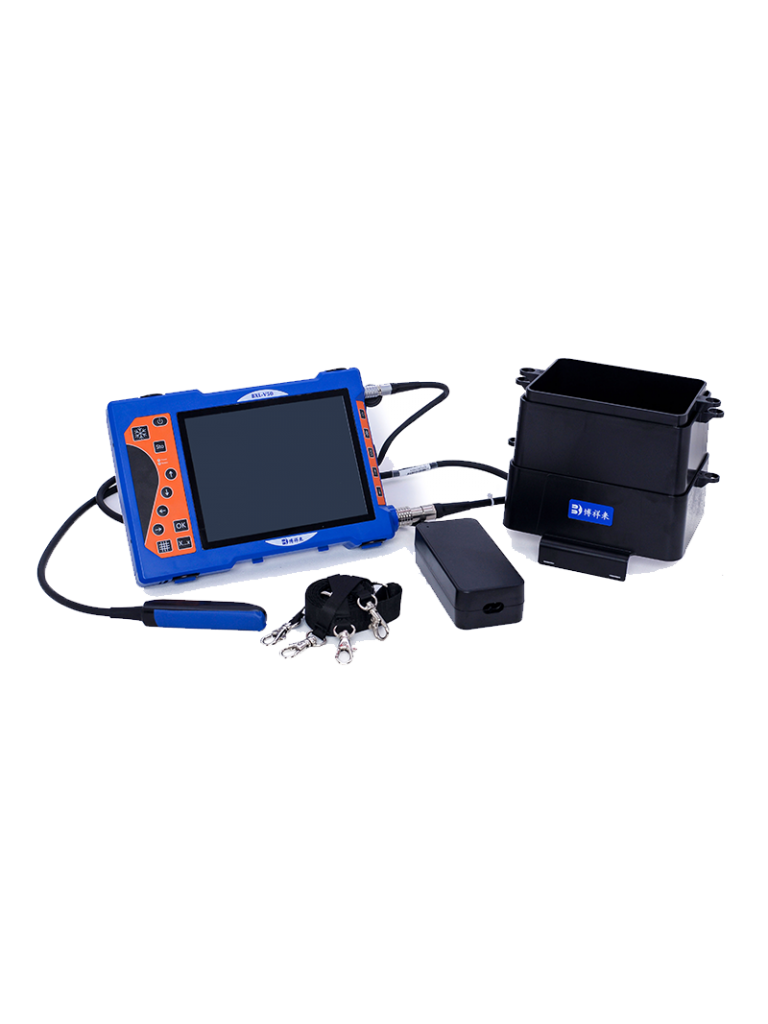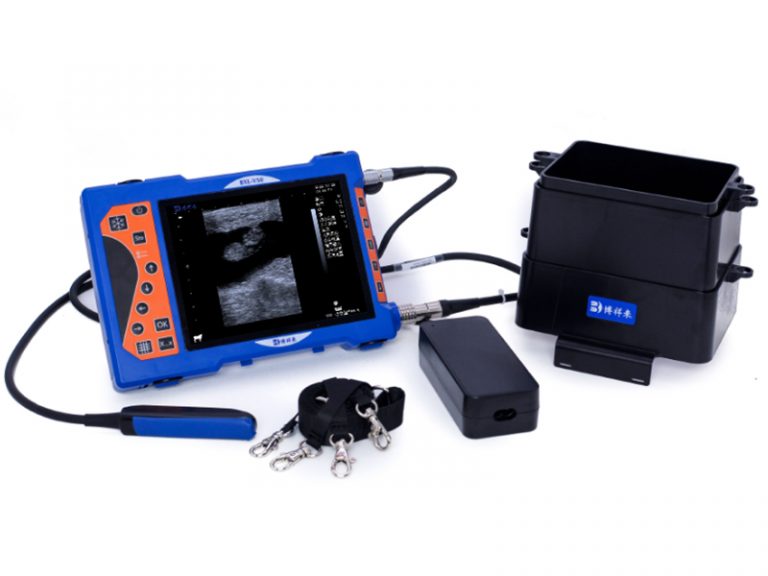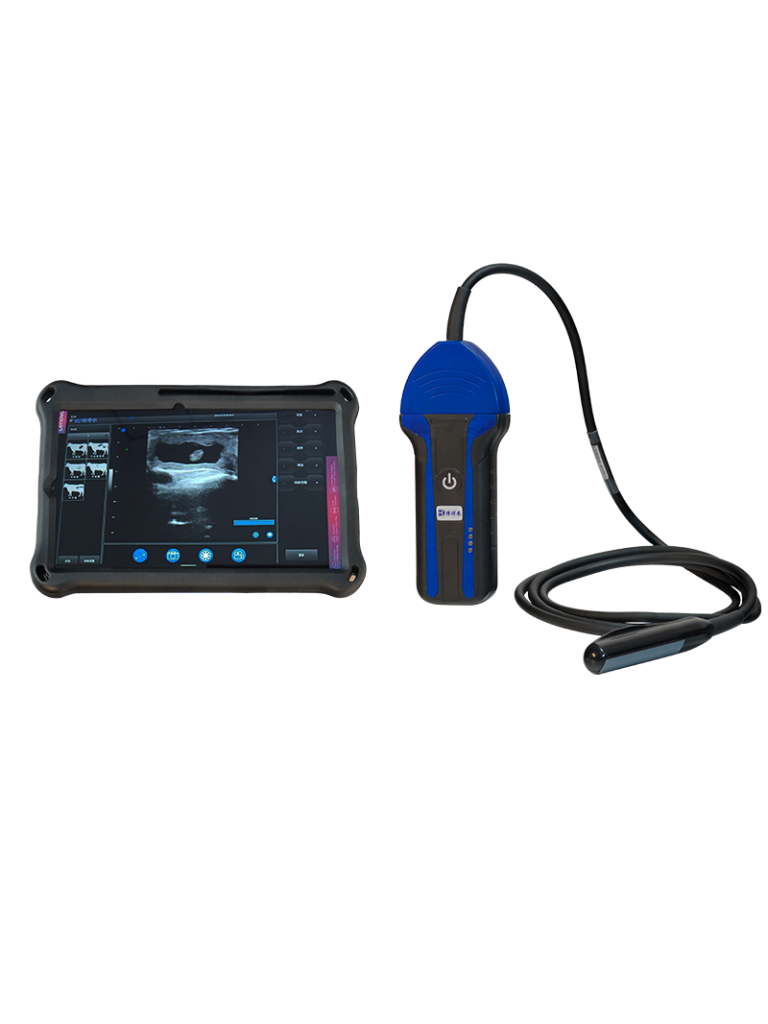Is It Necessary to Buy an Ultrasound Machine for Cattle Farming?
For modern cattle farmers, especially those managing beef production operations, data-driven decisions are no longer a luxury—they’re a necessity. As market demands shift toward higher meat quality, better feed efficiency, and reduced environmental impact, farmers are turning to technology to gain more control and precision over their operations. One of the most transformative tools in this regard is ultrasonography—more commonly referred to as ultrasound imaging.
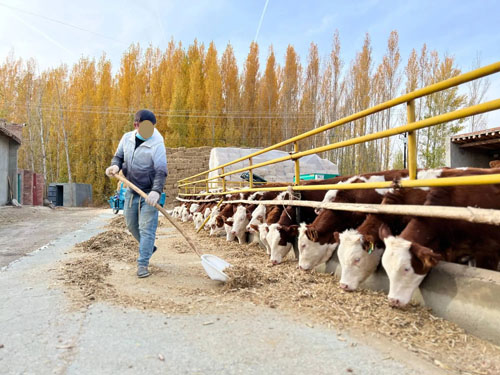
But the question remains: is it truly necessary to invest in an ultrasound machine for cattle farming? In this article, we will explore this issue from a practical, scientific, and economic perspective, drawing upon both field experience and global practices. Whether you’re a small-scale rancher or a commercial producer, this analysis will help clarify whether ultrasound technology should be part of your cattle management toolkit.
Understanding the Practical Role of Ultrasound in Cattle Farming
At its core, ultrasound in cattle farming is a non-invasive, real-time imaging technique used to observe the internal structure of animals. It’s most commonly used to measure muscle growth, monitor fat deposition, detect pregnancy, and even identify reproductive health issues. Unlike blood tests or palpation methods, ultrasound provides visual confirmation—a decisive advantage when managing high-value livestock.
On many farms in North America, Europe, and increasingly in Asia and South America, ultrasound has evolved from a diagnostic tool used by veterinarians into a management instrument used directly by producers. Portable devices like the B-mode ultrasound offer quick, accurate results in the field.
Global Perspective: How Foreign Farmers Use Ultrasound
In countries like the United States, Australia, and Brazil, where beef is a major agricultural product, ultrasound is widely embraced. Here are some real-world ways it’s being used:
-
Growth Monitoring: American feedlot operators often scan steers to evaluate backfat and ribeye area before deciding when to market them. This helps avoid over- or under-fattening.
-
Reproductive Management: Australian cattle breeders use transrectal ultrasound to confirm early pregnancy, reducing the interval between calvings and improving reproductive efficiency.
-
Carcass Quality Prediction: Brazilian beef producers use ultrasound to predict marbling in live animals. This information is used to optimize feeding strategies for different market targets (e.g., premium steak cuts).
International experts agree that ultrasound has become a key asset in precision livestock farming—a trend supported by numerous peer-reviewed studies and government-backed extension programs.

Common Applications of Ultrasound in Cattle Farming
-
Reproductive Assessment
-
Early pregnancy detection (as early as 28–30 days post-breeding)
-
Ovarian structure evaluation (follicles, corpus luteum)
-
Diagnosing uterine infections or abnormalities
-
-
Growth Performance Monitoring
-
Measuring eye muscle area (EMA) to evaluate muscle development
-
Assessing subcutaneous fat thickness over the ribs and rump
-
Estimating intramuscular fat (marbling) for premium meat grading
-
-
Health Monitoring
-
Identifying internal injuries, infections, or abnormal organ development
-
Monitoring calf development in pregnant cows
-
By integrating these evaluations into routine herd management, farmers can enhance both productivity and profitability.

Economic Consideration: Is the Investment Justified?
Let’s address the big question: Is buying an ultrasound machine worth the money?
A typical portable ultrasound machine designed for livestock—like the mid-range BXL-V50—costs between $2,000 and $6,000 USD, depending on features. While this may seem expensive upfront, the return on investment (ROI) becomes apparent over time through:
-
Improved reproductive efficiency: Early pregnancy checks can identify open cows sooner, reducing non-productive days.
-
Precision feeding: Muscle and fat scans allow for more targeted feeding, lowering input costs and improving feed conversion rates.
-
Better marketing outcomes: Knowing exactly when an animal is ready for slaughter ensures optimal carcass weight and quality.
-
Data-driven selection: Breeding decisions based on ultrasound-measured traits (like EMA or marbling) can enhance genetic progress.
Over a few breeding or fattening cycles, the machine typically pays for itself—especially on larger farms.
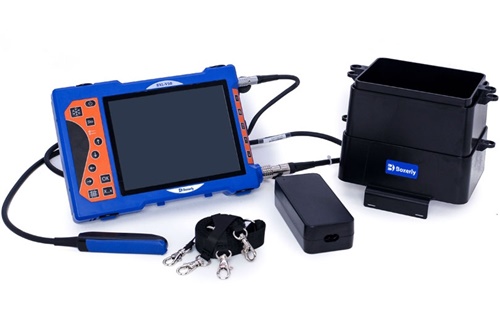
Scientific Insights: Why Ultrasound Works
Ultrasound technology works by emitting sound waves into the body. These waves bounce back differently depending on tissue type—muscle, fat, fluid, or bone—and are translated into grayscale images.
From a biological standpoint, cattle follow a predictable tissue development sequence:
-
Nervous system
-
Skeleton
-
Muscle
-
Fat
Ultrasound allows the farmer to visualize this sequence in action. For instance, in young steers undergoing finishing, muscle growth may plateau while fat deposition accelerates. By scanning the longissimus dorsi muscle, a producer can determine whether the animal is ready for slaughter or needs more time on feed.
Case Study: Implementing Ultrasound on a Mid-Size Cattle Farm
A beef producer in Alberta, Canada, adopted ultrasound scanning as part of a shift toward precision agriculture. After purchasing a portable unit, the farmer began performing regular scans on heifers and finishing steers. Within two years:
-
Pregnancy rates improved by 12% through early diagnosis and re-breeding.
-
Feed costs dropped by 8% due to more accurate finishing decisions.
-
The average marbling score of slaughtered animals increased by one grade level, fetching higher market prices.
These results mirror findings in studies by the Beef Cattle Institute and other agricultural research institutions.
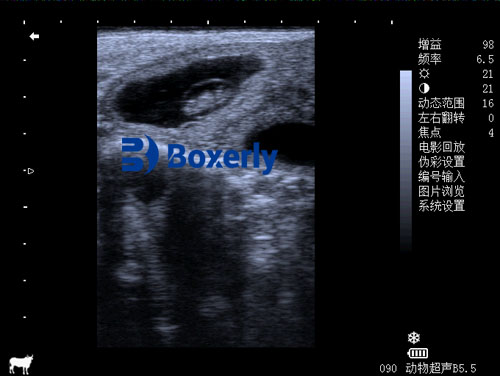
Ultrasound vs. Traditional Methods
| Feature | Ultrasound | Manual Palpation | Visual Assessment |
|---|---|---|---|
| Accuracy | High | Moderate | Low |
| Stress to Animal | Low | Moderate | None |
| Skill Requirement | Moderate | High | Low |
| Data-Driven Decision Making | Yes | Limited | No |
| Reproductive Monitoring | Early | Late | Not Applicable |
| Fat/Muscle Measurement | Yes | No | No |
Ultrasound offers a clear edge in precision and early intervention.
Limitations and Considerations
While ultrasound has many advantages, it’s important to recognize its limitations:
-
Training is required: Though not overly complex, users need some training to interpret the images correctly.
-
Initial investment: As mentioned, the cost can be significant for small-scale producers.
-
Battery and maintenance: Field units need proper care to avoid downtime during critical periods.
However, modern devices like the BXL-V50 have addressed many of these issues by offering long battery life (7+ hours), waterproof casing (IP56), and user-friendly interfaces suitable for both novice and experienced users.
Who Should Consider Buying an Ultrasound Machine?
You should seriously consider investing in an ultrasound machine if:
-
You manage a herd of 30 or more breeding cows
-
You are involved in feedlot operations targeting premium carcass grades
-
You practice AI or embryo transfer
-
You aim to reduce non-productive intervals in breeding cycles
-
You want to improve meat quality and uniformity
For hobby farmers or very small herds, outsourcing ultrasound scans to a local vet may be more economical, but for professional producers, owning a unit brings long-term advantages.
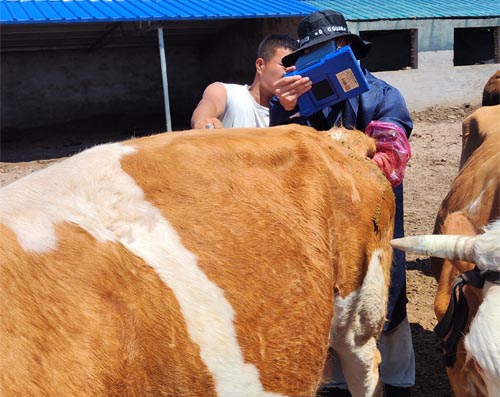
Conclusion
So, is it necessary to buy an ultrasound machine for cattle farming?
The answer depends on your goals. If you aim to increase reproductive efficiency, improve carcass quality, reduce feed waste, and make smarter data-backed decisions—then yes, owning an ultrasound machine is not only necessary but transformative.
Ultrasound brings science into the field, allowing farmers to literally “see” beneath the skin and respond in ways that increase both productivity and profitability. As technology becomes more accessible and easier to use, it’s clear that the farms of the future—large or small—will benefit from adopting ultrasound into their daily management routines.
References:
-
Whitaker, D. A., & Smith, E. (2021). Veterinary Ultrasonography in Food-Producing Animals. Journal of Veterinary Imaging.
-
Beef Cattle Institute. (2023). “Use of Ultrasound for Growth Evaluation in Cattle.”
https://www.beefcattleinstitute.org/ultrasound-growth -
American Angus Association. (2022). “Ultrasound Guidelines for Beef Cattle.”
https://www.angus.org/pub/ultrasoundguidelines -
Agriculture and Horticulture Development Board (AHDB). (2020). “Beef Ultrasound Scanning for Better Carcass Value.”
https://ahdb.org.uk/knowledge-library/beef-ultrasound-scanning

